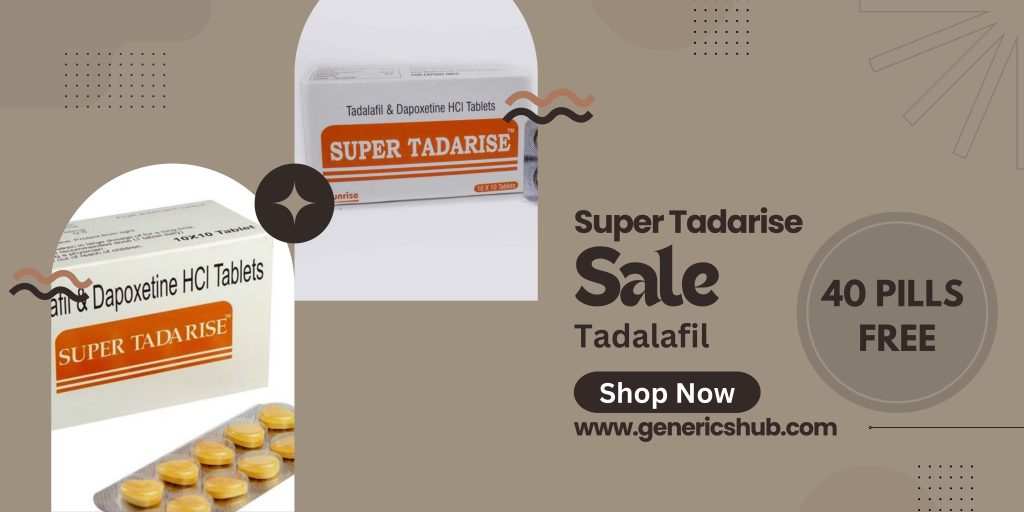It is often necessary to use a multimodal strategy to treat overactive bladder (OAB) and erectile dysfunction (ED), which involves focused exercise, pharmaceutical management, and lifestyle adjustments. The symptoms of OAB include sudden desires to pee and frequent urination, while ED is defined as the persistent inability to get or keep an erection strong enough for sexual activity. Exercises targeted at strengthening the pelvic floor muscles, enhancing blood flow to the genital region, improving bladder control, and maybe alleviating symptoms of ED and OAB can be undertaken.
Comprehending Erectile Dysfunction and Overactive Bladder

Bladder overactivity (OAB):
nocturia, or getting up in the middle of the night to pee, and urgency and frequency of the urine are the hallmarks of OAB, a common urological disorder.
Urinary tract infections, neurological disorders, bladder muscle dysfunction, and certain drugs are causes of overactive bladder bladder.
OAB may have a negative influence on social interactions, everyday activities, and emotional health, which can result in humiliation and a worse quality of life.
ED, or erectile dysfunction:
The persistent inability to get or maintain an erection strong enough for sexual activity is known as ED.
ED may be exacerbated by physical conditions such diabetes, hypertension, obesity, heart disease, and hormone abnormalities.
Anxiety, sadness, stress, and relationship problems are examples of psychological variables that might contribute to the onset or worsening of ED.
Exercises to Treat Erectile Dysfunction and Overactive Bladder
Kegel exercises for the pelvic floor:

Kegel exercises are a kind of pelvic floor muscle training that helps support and strengthen the muscles involved in erectile function and bladder control.
To do Kegel exercises, tense your pelvic floor muscles as if you’re attempting to stop pee, maintain the position for a short while, and then release the tension.
Aim for 10 to 15 repetitions every session while repeating the exercise, and as you gain experience, progressively increase the time and intensity.
Make Kegel exercises a part of your everyday routine by doing them while sitting, standing, or laying down many times a day.
Bridge Task:
The bridge exercise works the pelvic floor muscles in addition to the gluteal, hamstring, and lower back muscles.
Lay flat on your back with your feet hip-width apart and your knees bent.
Using your glutes and pelvic floor muscles, slowly raise your hips off the ground until your body forms a straight line from your shoulders to your knees.
After a little while, maintain the bridge posture by lowering your hips to the beginning position.
Complete ten to fifteen repetitions of the bridge exercise, progressively increasing the number of repetitions and hold length.
Squats:
Exercises that work the quadriceps, hamstrings, glutes, and core muscles, including the pelvic floor, include squats.
Place your toes slightly out from your body and place your feet shoulder-width apart.
Maintaining your chest up and your spine neutral, lower your body by bending your knees and hips as if you were reclining on a chair.
Make sure your knees remain in line with your toes as you descend until your thighs are parallel to the floor or as low as feels comfortable.
To go back to the beginning posture, push through your heels while using your pelvic floor and glutes.
Squat ten to fifteen times, paying close attention to your technique and controlled movement.
Exercises to Strengthen Your Core:
Robust abdominal muscles provide steadiness and reinforcement to the pelvic floor and lower back, perhaps enhancing bladder control and erectile performance.
To engage the muscles of your core, including movements like planks, bird-dogs, and crunches into your exercise regimen.
As your strength and stability increase, work your way up to more complex versions of these exercises. Start with the simpler ones.
Cardiovascular Work:
Frequent aerobic exercise helps enhance circulation, cardiovascular health, and general well-being. Examples of this kind of exercise include walking, running, cycling, swimming, and dancing.
Every day of the week, try to get in at least 30 minutes of moderate-intensity aerobic activity to improve your erectile performance and bladder health.
As your fitness levels develop, progressively increase the length and intensity of your exercises. Choose activities that you love and can stick with.
Pilates and yoga:
Because they emphasise strength, flexibility, and body awareness, yoga and pilates are low-impact training modalities that are good for pelvic floor health.
Yoga positions that assist relieve tension in the pelvic floor muscles and enhance bladder control include the pelvic tilt, cat-cow stretch, and child’s pose.
Pilates exercises may improve core strength and stability, supporting bladder and erectile function, especially those that target the deep abdominal and pelvic floor muscles.
Breathing exercises and techniques for relaxation:
The pelvic floor muscles may become less tense and stressed with the use of deep breathing exercises and relaxation methods such progressive muscle relaxation, guided imagery, and diaphragmatic breathing.
By taking a deep breath through your nose and letting your belly expand, you may practise deep breathing. This will help you relax and release stress.
Include relaxation methods in your everyday routine to help you relax and get better quality sleep, especially before bed.
Including focused exercise in your daily regimen may help you get rid of erectile dysfunction and an overactive bladder. Exercises that strengthen the pelvic floor muscles, improve bladder control, increase blood flow to the genital region, and support general pelvic health include yoga, Pilates, aerobic activity, pelvic floor exercises, and relaxation methods. Before beginning any new fitness programme, it’s crucial to speak with a healthcare professional or pelvic health expert, particularly if you have any prior medical ailments or concerns. People may use exercise to improve their general quality of life and their bladder and erectile function provided they are consistent, patient, and guided.